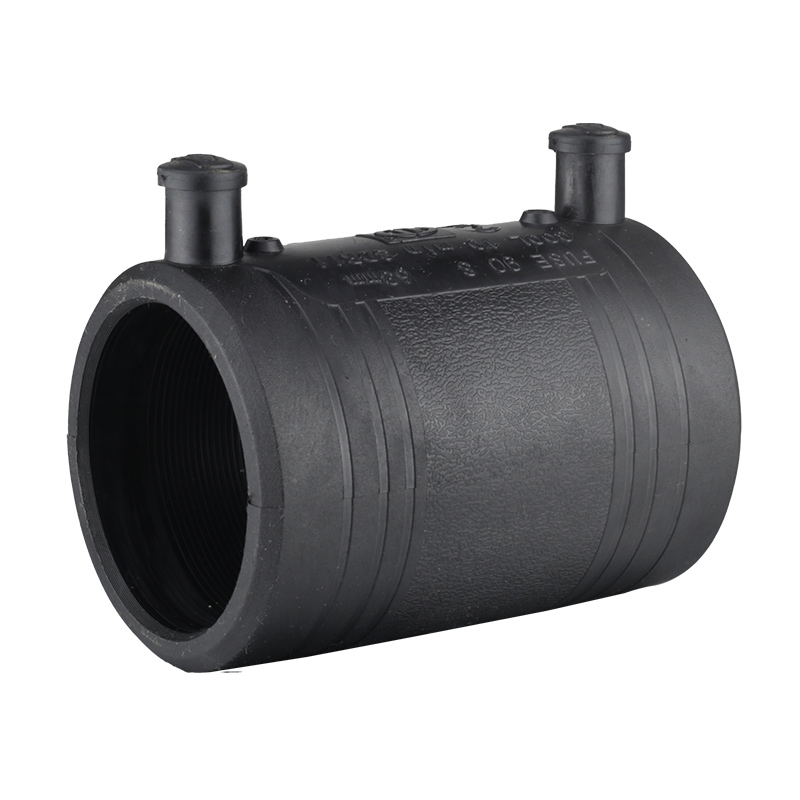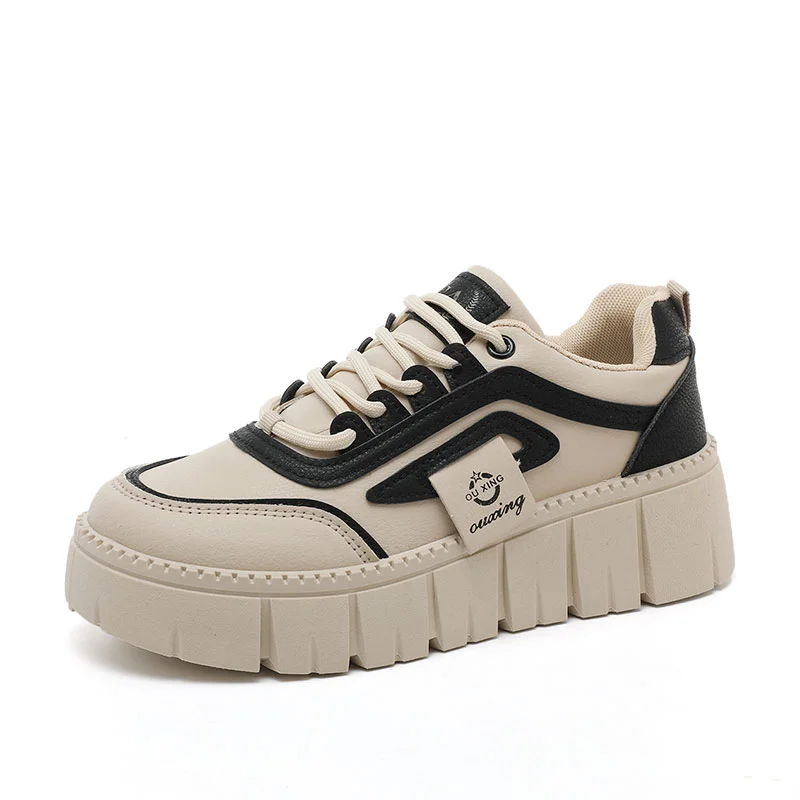Moisturizers play a vital role in maintaining healthy and nourished skin. However, the skincare market is flooded with numerous options, leaving consumers perplexed about the differences between face and body moisturizers. In this comprehensive blog post, we will delve into the intricacies of these two types of moisturizers, exploring their unique characteristics, formulation, and benefits. By the end, you will be equipped with the knowledge to make informed decisions about which moisturizer suits your specific skincare needs.
- Understanding the Skin Barrier:
To comprehend the dissimilarities between face and body moisturizers, it is crucial to grasp the distinctive nature of the skin on these two areas. The facial skin is thinner, more delicate, and prone to sensitivity, while the body skin is generally thicker and less sensitive. This fundamental difference sets the stage for variations in moisturizer formulation and application. - Formulation Differences:
a) Ingredients: Face moisturizers are meticulously formulated with a focus on lightweight, non-comedogenic ingredients that penetrate easily into the facial skin layers. They often contain antioxidants, hyaluronic acid, and peptides to address specific concerns like aging, acne, or hyperpigmentation. On the other hand, body moisturizers tend to have richer textures and may contain ingredients like shea butter, oils, and humectants to provide intense hydration and nourishment to the relatively thicker body skin.
b) Fragrance and Sensitivity: Due to the facial skin's sensitivity, face moisturizers are often fragrance-free or contain minimal fragrance to minimize the risk of irritation. Body moisturizers, however, may have a wider range of fragrances to cater to personal preferences.
c) Sun Protection: Recognizing the face's increased exposure to the sun, many face moisturizers incorporate broad-spectrum SPF to shield against harmful UV rays. Body moisturizers, unless explicitly marketed as such, typically do not offer sun protection.
- Targeted Benefits:
a) Facial Moisturizers: Face moisturizers are designed to address specific skin concerns, such as fine lines, wrinkles, uneven skin tone, and acne. They often provide additional benefits like mattifying effects, priming for makeup application, or soothing redness. The formulation of face moisturizers allows for better absorption and compatibility with other skincare products in your routine.
b) Body Moisturizers: Body moisturizers primarily focus on providing hydration and nourishment to the skin, combating dryness, flakiness, and rough patches. They may also offer benefits like firming, toning, or improving the appearance of scars or stretch marks. The thicker texture of body moisturizers ensures longer-lasting hydration for the larger surface area they cover.
- Application Techniques:
a) Face Moisturizers: Due to the delicate nature of facial skin, face moisturizers are typically applied using gentle upward motions, avoiding excessive tugging or stretching. Patting the product into the skin aids absorption and promotes blood circulation, enhancing the overall efficacy.
b) Body Moisturizers: Body moisturizers can be applied using broader strokes, massaging the product into the skin until fully absorbed. Paying extra attention to areas prone to dryness, such as elbows, knees, and heels, ensures comprehensive hydration.
Conclusion:
In conclusion, the difference between face and body moisturizers lies in their formulation, targeted benefits, and application techniques. Understanding these distinctions empowers individuals to choose the most suitable moisturizer for their unique skincare needs. Whether you seek specialized facial care or comprehensive body hydration, selecting the right moisturizer will undoubtedly contribute to a healthy, radiant complexion from head to toe.




More Stories
550 km Range: What the Audi Q5 e-tron Means for Long-Distance EV Driving
Top Benefits of Nicotine Substitutes for a Healthier Lifestyle
Top Gift Boxes Pen Options to Elevate Your Personalized or Promotional Pens